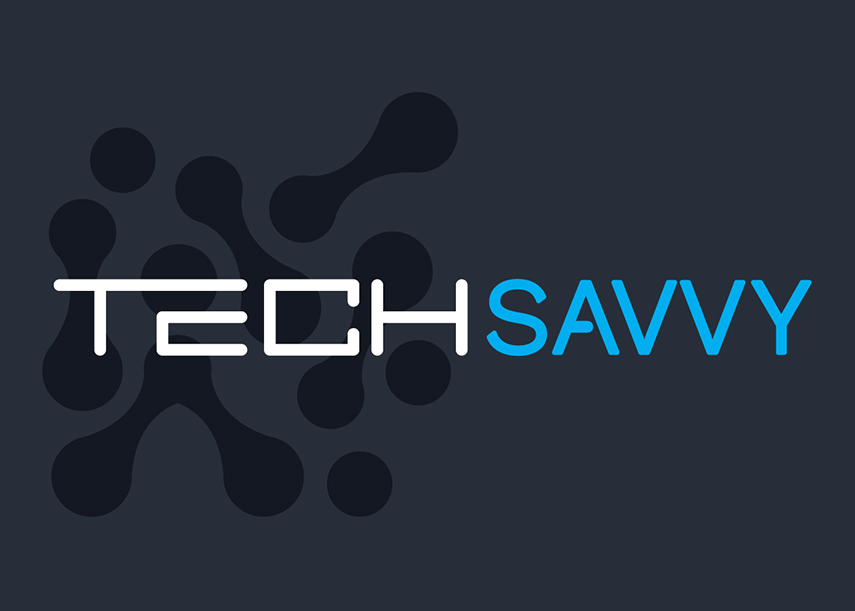Windows 10 End of Life
Adelaide Computer Repair and IT Support Services
What it means and why you should upgrade to Windows 11
As Microsoft continues to evolve its operating system ecosystem, one significant milestone is fast approaching: the end of life for Windows 10. For millions of users and organizations worldwide, this marks a major transition point that requires timely planning and decision-making.
Here’s what you need to know about the Windows 10 end-of-life timeline, its implications, and why upgrading to Windows 11 is a smart move.
When Is Windows 10 Reaching End of Life?
Microsoft has officially announced that Windows 10 will reach end of support on October 14, 2025. After this date, the company will no longer provide:
- Security updates
- Bug fixes
- Technical support
- Feature enhancements
While your Windows 10 device will still function, it will become increasingly vulnerable to security risks, compatibility issues, and reduced software support from third-party vendors.
What Does End of Life Mean?
When an operating system reaches its end of life, it does not stop working, but it does stop evolving. More importantly, it no longer receives security patches, leaving your system open to cyberattacks. For businesses and individual users alike, continuing to use an unsupported OS introduces serious risks, including:
- Exposure to malware and ransomware
- Compliance issues for regulated industries
- Decreased compatibility with newer software and hardware
Why Upgrade to Windows 11?
Windows 11 is designed to be the future of Microsoft’s desktop OS. It brings significant improvements in performance, security, and usability.
Key Benefits of Upgrading to Windows 11:
- Modern UI and Productivity Features: A refreshed user interface with centered Start menu, redesigned taskbar, and improved multitasking with features like Snap Layouts and Virtual Desktops.
- Enhanced Security: Windows 11 has a strong security foundation with features like TPM 2.0, Secure Boot, and improved encryption. Microsoft has made hardware-based security a requirement for Windows 11 to better protect against modern threats.
- Better Gaming and Graphics Support: DirectStorage and Auto HDR bring console-level gaming improvements to PCs, while integration with Xbox Game Pass enhances entertainment value.
- Improved Performance and Efficiency: Windows 11 is optimized for newer processors and hardware, offering better battery life and faster resume times on laptops.
- AI and Copilot Integration: Starting in 2024, Windows 11 has been incorporating AI features, including Microsoft Copilot, which enhances productivity and user experience through contextual assistance.
Is Your PC Compatible with Windows 11?
Windows 11 has stricter hardware requirements than its predecessor. To check compatibility, Microsoft provides a PC Health Check Tool, which verifies:
- TPM 2.0 support
- UEFI and Secure Boot
- Supported processors
- Minimum RAM (4GB) and storage (64GB)
If your PC doesn’t meet the requirements, you may need to consider upgrading your hardware or continuing with Windows 10 temporarily until a new device is feasible.
Preparing for the Upgrade
Here’s a quick roadmap to help you prepare:
- Check Compatibility using the PC Health Check Tool.
- Backup Your Data to avoid losing important files.
- Update Your Software to ensure compatibility with Windows 11.
- Plan the Transition if you’re part of a business or organization—pilot the upgrade on a few systems first.
- Upgrade or Replace Hardware if necessary.
What are my options?
- Upgrade to Windows 11 (if your PC is compatible)
- Buy a New Windows 11-Compatible PC. Best for: Users with older PCs that don’t meet Windows 11 requirements.
- Continue Using Windows 10 (With Risks) Best for: Short-term use or low-risk systems. Note: After October 14, 2025, you’ll get no security updates.

Final Thoughts
Tech Savvy experts are just a call away.
Need help planning your upgrade?
The end of Windows 10 signals the beginning of a new chapter in Microsoft’s operating system journey. Upgrading to Windows 11 isn’t just about staying current—it’s about enhancing your security, productivity, and performance. By preparing early, you can make a smooth, strategic transition that ensures your devices and data remain protected and efficient well beyond 2025.
Whether you’re a home user or an IT professional, now is the time to evaluate your options and embrace the future with Windows 11.
We can guide you through compatibility checks, hardware upgrades, and transition strategies. Let me know what you need!